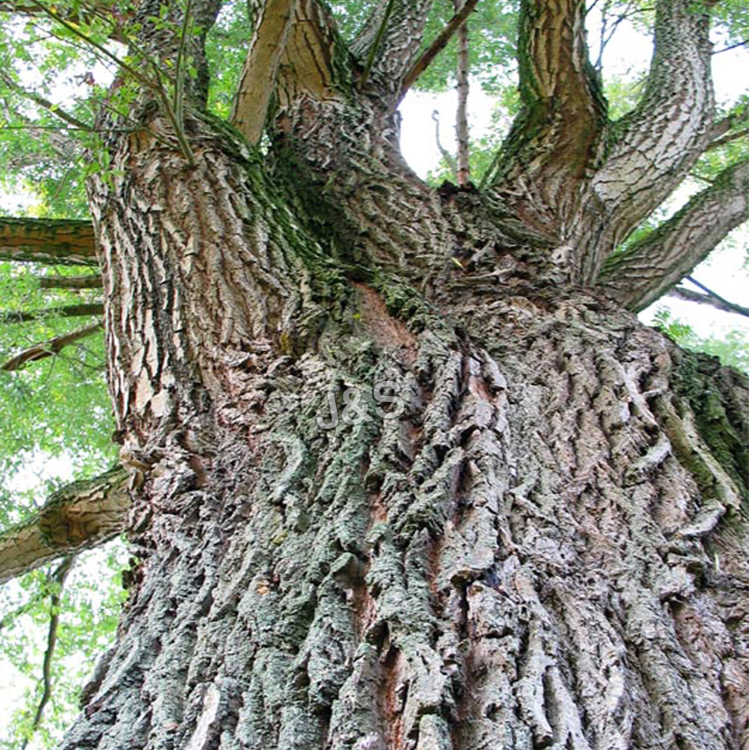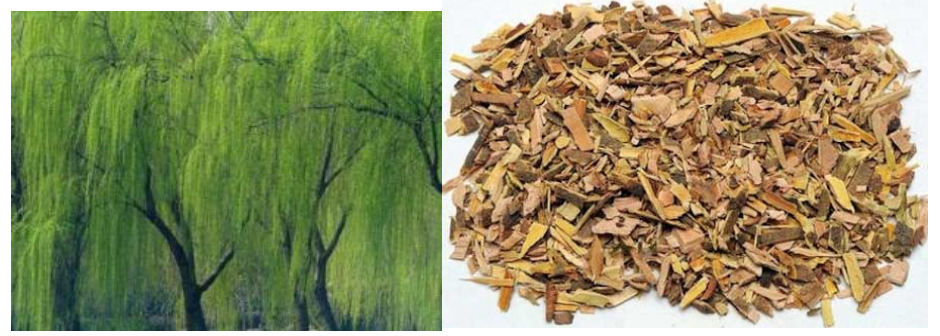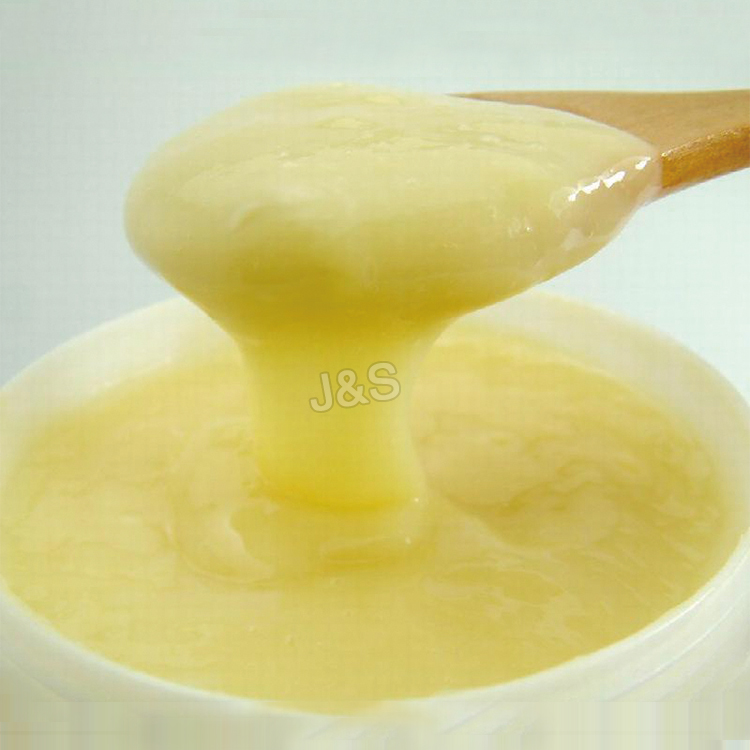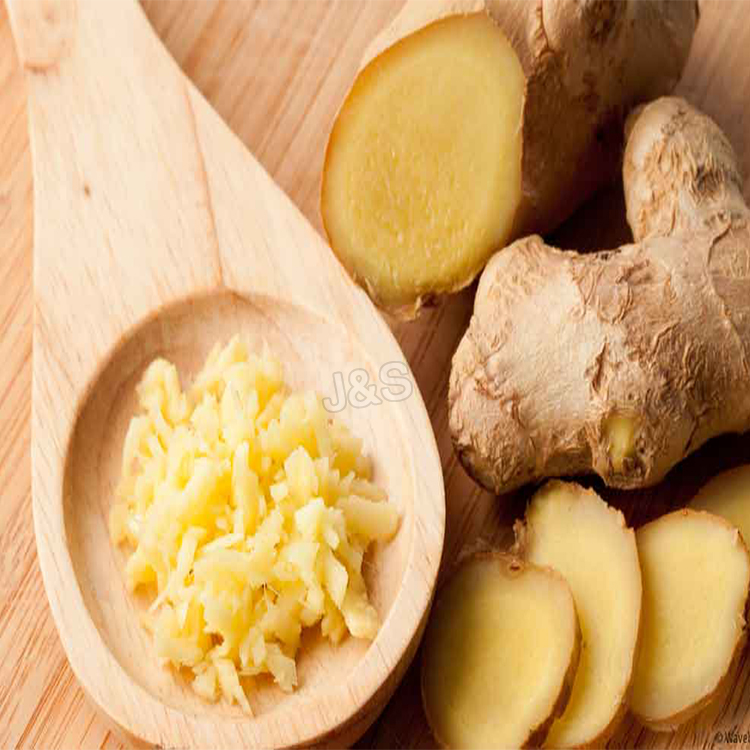Manufacturing Companies for White Willow Bark Extract Factory from Italy
Manufacturing Companies for White Willow Bark Extract Factory from Italy Detail:
[Latin Name] Salix alba L.
[Plant Source] from China
[Specifications] Salicin 15-98%
[Appearance] Yellow Brown to White powder
Plant Part Used: Bark
[Particle size] 80 Mesh
[Loss on drying] ≤5.0%
[Heavy Metal] ≤10PPM
[Storage] Store in cool & dry area, keep away from the direct light and heat.
[Shelf life] 24 Months
[Package] Packed in paper-drums and two plastic-bags inside.
[Net weight] 25kgs/drum
Brief Introduction
Salicin is a naturally occurring compound found in the bark of several species of trees, primarily North American in origin, that are from the willow, poplar, and aspen families. White willow, from whose Latin name, Salix alba, the term salicin is derived, is the most well known source of this compound, but it is found in a number of other trees, shrubs, and herbaceous plants as well being synthesized commercially. It is a member of the glucoside family of chemicals and is used as an analgesic and antipyretic. Salicin is used as a precursor for the synthesis of salicylic acid and acetylsalicylic acid, commonly known as aspirin.
A colorless, crystalline solid in its pure form, salicin has the chemical formula C13H18O7. Part of its chemical structure is equivalent to the sugar glucose, meaning it is classified as a glucoside. It is soluble, but not strongly so, in water and alcolhol. Salicin has a bitter taste and is a natural analgesic and antipyretic, or fever reducer. In large quantities, it can be toxic, and overdoses may lead to liver and kidney damage. In its raw form, it may be mildly irritating to skin, respiratory organs, and eyes.
Function
1. Salicin is used to ease pain and reduce inflammation.
2. Relieve acute and chronic pain, including headache, back and neck pain, muscle aches, and menstrual cramps; Control arthritis discomforts.
3. Relieve acute and chronic pain.
4. It has the same effect on the body as aspirin without any of the side effects.
5. It is an anti-inflammatory, a fever reducer, an analgesic, an anti-rheumatic, and an astringent. Specifically, it helps to relieve headaches.
Application
1.Anti-inflammatory, anti-rheumatic,
2.Reduce a fever,
3.Use as an analgesic and astringent,
4.Relieve headache,
5.Ease pain caused by rheumatism, arthritis, and carpal tunnel syndrome.
Product detail pictures:

Related Product Guide:
Manufacturing Companies for White Willow Bark Extract Factory from Italy , The product will supply to all over the world, such as: , , ,
Top 10 Natural Sweeteners & Sugar Alternatives
The average American is taking in 400 calories a day from added sugars! And while the consumption of refined sugar is on the rise, so are artificial sweeteners. Artificial sweeteners like aspartame, sucralose (Splenda), ACE K and saccharin have been debated for years in regard to their damaging side effects. (1)
While all of these sweeteners are technically “safe,” according to the FDA, they are coming under increased scrutiny because of their side effects. Side effects from artificial sweeteners range from headaches and migraines to shrunken thymus glands, impairment of liver and kidney function, and mood disorders.
Refined sugars aren’t healthy either. Side effects of refined sugars include diabetes, tooth decay, obesity, heart disease, certain types of cancer and even poor cognitive functioning.(2) (3) (4)
Over the last few years, corn growers and affiliated associations have pushed high fructose corn syrup as a natural sweetener. This is simply not true. The vast majority of HFCS is produced from genetically modified corn.
Fructose is a simple sugar that is rapidly metabolized by the liver causing a “sugar high.” This quick-acting sugar is believed to lead to increased storage of fat in the liver, resulting in non-alcoholic fatty liver disease, digestive upset and atherosclerosis. (5)
Fortunately, there are natural sweeteners that are healthy and tasty alternatives to refined sugar, high fructose corn syrup, and artificial sweeteners. According to a study in the Journal of the American Dietetic Association, substituting healthy sweeteners — including blackstrap molasses, maple syrup and honey — can increase the antioxidant intake. (6)
This study shows that replacing 130 grams a day of refined sugars (the average intake) with healthy alternative natural sweeteners can increase the amount of antioxidants you consume each day, in amounts similar to that of consuming berries and nuts.
Top 10 Natural Sweeteners
Raw Honey (1 tablespoon – 64 calories)
Stevia (0 calories)
Dates (1 Medjool Date – 66 calories)
Coconut Sugar (1 tablespoon – 45 calories)
Maple Syrup (1 tablespoon – 52 calories)
Blackstrap Molasses (1 tablespoon – 47 calories)
Balsamic Glaze (1 tablespoon – 20-40 calories depending on thickness)
Banana Puree (1 cup – 200 calories)
Brown Rice Syrup (1 tablespoon – 55 calories)
Real Fruit Jam (varies depending on fruit)
1. Raw Honey
Raw honey is a true superfood and one of my favorite natural sweeteners. It’s packed with enzymes, antioxidants, iron, zinc, potassium, calcium, phosphorous, vitamin B6, riboflavin and niacin. Together, these essential nutrients help to neutralize free radicals while promoting the growth of healthy bacteria in the digestive tract.
One tablespoon of raw honey has 64 calories and has less impact on glycemic load than a single banana. It’s important to note that these are the benefits of raw honey. Once honey has been pasteurized, it loses the many of the health benefits that raw honey brings to the table.
Look for local raw honey at farmer markets and directly from local beekeepers. The darker the honey, the richer the flavor and the greater the health benefits.
How to use raw honey:
First, don’t cook with raw honey. Drizzle it on breakfast cereals, over your sprouted grain toast, on yogurt and for salad dressings.
You want to maintain as many of the nutrients in honey as possible, so keep it away from the heat. If you enjoy honey in your tea or coffee, wait until the drink is just tepid enough to sip comfortably, and then add honey to taste.
2. Stevia
Stevia is native to South America and has been used for hundreds of years in that region to support healthy blood sugar levels and prompt weight loss.
Today, stevioside, the element in the leaves that makes it more than 200 times as sweet as sugar, is available in liquid drops, packets, dissolvable tablets and baking blends. It has zero calories, zero carbohydrates and none of the nasty side effects of artificial sweeteners, making it an ideal natural sweetener.
Stevia is related to the sunflower, and some people experience a slight metallic aftertaste. If that has been your experience with stevia in the past, try a brand that is higher in the steviosides. Many find it to be sweeter, without a residual aftertaste.
How to use stevia:
Unlike raw honey, stevia is heat stable, so feel free to use it in any way you desire. Remember, it’s 200 times sweeter than sugar, so don’t use it in the same ratio.
For baking, this can present a problem, as refined sugar gives bulk to recipes. However, this can be easily rectified. To make up for the lost bulk when using stevia, use 1/3 to ½ cup of one of the following bulking agents: fresh fruit puree, yogurt, roasted winter squash, two whipped egg whites, or you can use 1–2 tablespoons of coconut flour.
Ginkgo biloba – 銀杏 – maidenhair tree – HD 03 – Video by Laborator TEBA
Oferta Speciala – plante si seminte de vanzare https://www.albizia.ro/
+40 74 782 1314 / 074 782 1314
Ginkgo biloba: Scientific classification
Division: Ginkgophyta
Class: Ginkgoopsida
Order: Ginkgoales
Family: Ginkgoaceae
Genus: Ginkgo
Species: G. biloba
Binomial name: Ginkgo biloba
Aceste imagini au fost luate cu Samsung Galaxy – Smartphone – HD 1920 X 1080
Daca doriți se vedeți si alte video cu plante si flori aveți link-uri mai jos:
Buganvillia Rosie – Red 06
Buganvillia Magenta Rosie – Red 05
Buganvillia White Flowers – Spotted Leaves 04
Buganvillia planta flori albe – white 03
Buganvillia planta flori galbene – yellow 02
Buganvillia planta flori magenta – purple 01
Liliac Indian sau Crape Myrtle, Boboci noi cu flori si pastai vechi 01
Liliac Indian sau Crape Myrtle, Boboci noi cu flori si pastai vechi 02
Liliac Indian sau Crape Myrtle, boboci noi cu flori si pastai vechi 03
Liliac Indian sau Crape Myrtle, Boboci noi cu flori albe 01
Liliac Indian sau Crape Myrtle, Boboci noi cu flori albe 02
Liliac Indian sau Crape Myrtle, Boboci noi cu flori albe 03
Liliac Indian sau Crape Myrtle, Boboci noi cu Flori roz 01
Liliac Indian sau Crape Myrtle, Boboci noi cu Flori Roz 02
Liliac Indian – Lagerstroemia Indica Flori Roz 03
Liliac Indian – Lagerstroemia Indica Flori Roz 04
Robinia hispida salcâm rosu https://youtu.be/xUZgRrHnUrY
Paulownia tomentosa kiri dragon paulovnia empress https://youtu.be/zQhxeJleSxY
Albizia julibrissin https://youtu.be/lsSIRjCWkRY
Spiraea Japonica https://youtu.be/ZL-gagxmkbM
Cordyline Australis Purpurea 01 https://youtu.be/L6wvtpb_5yU
Cordyline Australis Purpurea 02 https://youtu.be/3EQbCyDzecM
Cordyline Australis Purpurea 03 https://youtu.be/kldr_C7xXms
Pentru alte plante, flori si copaci decorative vizitați:
YOU TUBE Channel: LaboratorTEBA
https://www.youtube.com/user/laboratorteba
 By from -
By from -
 By from -
By from -






